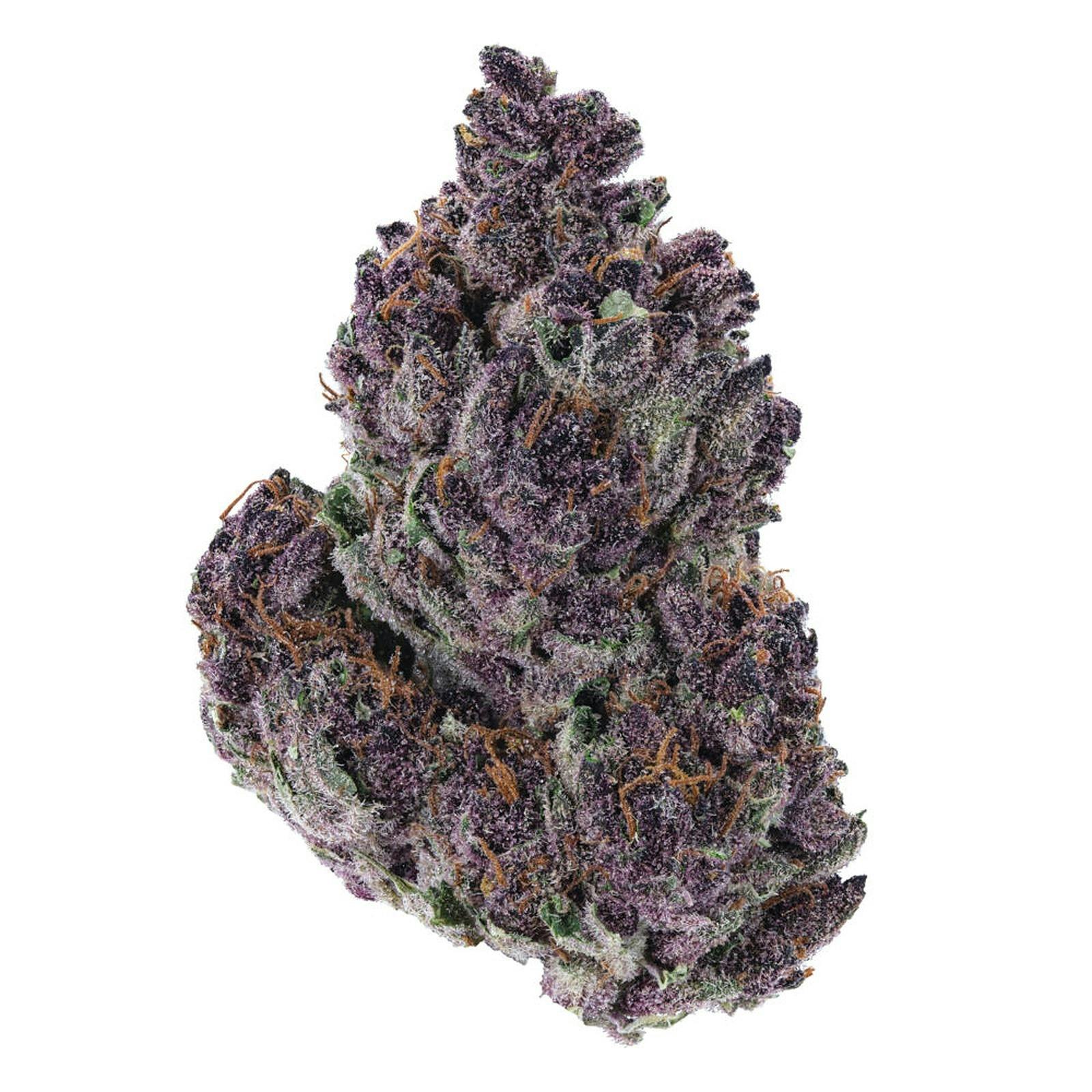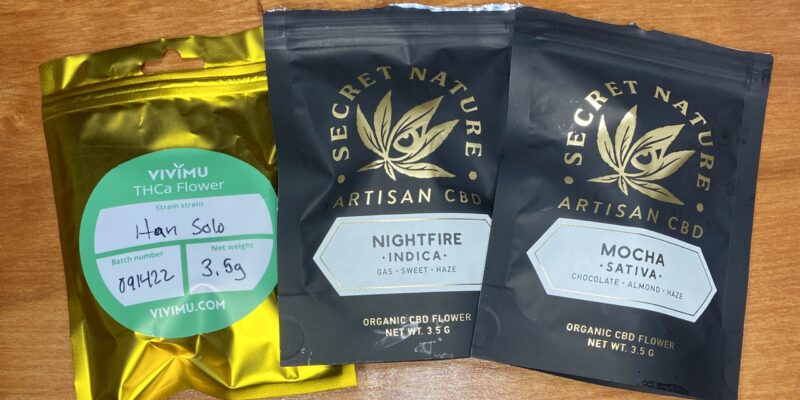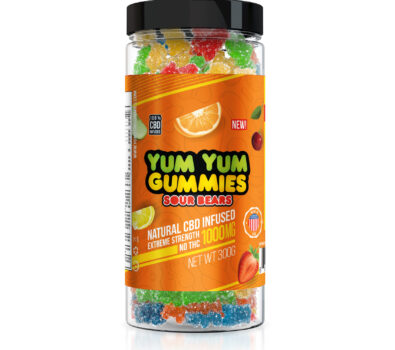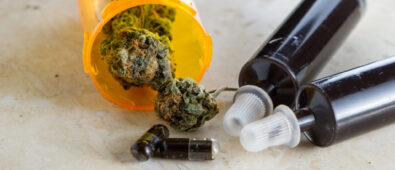In the ever-expanding realm of holistic wellness, the spotlight has increasingly turned towards the therapeutic potential of THCA hemp flower. As enthusiasts seek alternative methods to harness its benefits, crafting homemade THCA flower tinctures and oils has become a popular choice. Delving into the world of DIY tincture and oil making allows for customization and ensures control over the quality of ingredients used. Here’s a comprehensive guide on how to make your very own THCA flower tinctures and oils from the comfort of your home.
Understanding THCA and its Benefits
Before diving into the creation process, it’s essential to grasp the basics. THCA (tetrahydrocannabinolic acid) is a precursor to THC (tetrahydrocannabinol), found abundantly in raw cannabis plants, particularly in hemp. Although THCA doesn’t produce psychoactive effects like THC, it boasts an array of potential health benefits, including anti-inflammatory and neuroprotective properties.

Selecting High-Quality THCA Hemp Flower
The quality of your final product heavily relies on the raw materials used. When selecting THCA hemp flower for your tinctures and oils, opt for organically grown, pesticide-free varieties. Look for flowers with vibrant colors, potent aromas, and visible trichomes, indicating high cannabinoid content.
Decarboxylating the THCA Flower
To activate the therapeutic properties of THCA and convert it into THC, decarboxylation is necessary. This process involves heating the raw flower at a specific temperature for a set duration, usually around 220°F for 30-45 minutes. Decarboxylation can be achieved using an oven or specialized decarboxylation device.
Choosing the Extraction Method
There are various extraction methods to choose from, each offering distinct advantages. Popular options include alcohol extraction, oil infusion, and CO2 extraction. For beginners, oil infusion using carrier oils like coconut or olive oil is often preferred for its simplicity and accessibility.
Crafting Your Tincture or Oil
Once the THCA flower is decarboxylated and the extraction method selected, it’s time to start crafting. Whether using alcohol, oil, or CO2, the general process involves mixing the decarboxylated flower with the chosen solvent, heating gently, and straining out the plant material. Experiment with different ratios and infusion times to achieve your desired potency and flavor profile.
Storing and Preserving Your Creation
Proper storage is crucial to maintain the potency and freshness of your THCA tinctures and oils. Store them in airtight, light-resistant containers in a cool, dark place, away from direct sunlight and heat. Refrigeration can further extend the shelf life, ensuring long-lasting efficacy.
Experimenting with Flavors and Additives
One of the joys of crafting your own tinctures and oils is the freedom to experiment with flavors and additives. Consider incorporating herbs like lavender or peppermint for enhanced aroma and flavor, or infuse with additional cannabinoids like CBD for synergistic effects.

Dosage and Consumption
When it comes to dosage, start low and gradually increase until you find your optimal dose. Sublingual administration is a popular tincture method, allowing for quick absorption under the tongue. Oils can also be added to food and beverages for convenient consumption.
In conclusion, making your own THCA flower tinctures and oils offers a rewarding journey into the realm of herbal wellness. By understanding the basics, selecting quality ingredients, and experimenting with various techniques, you can craft personalized creations tailored to your preferences and needs. Embrace the art of DIY wellness and embark on a journey towards holistic healing and vitality.




